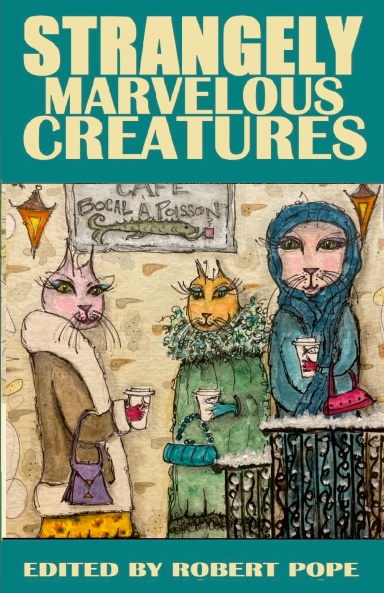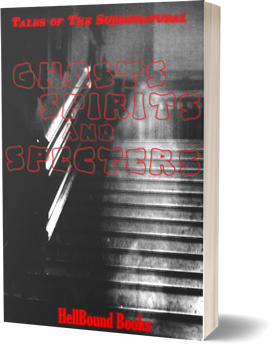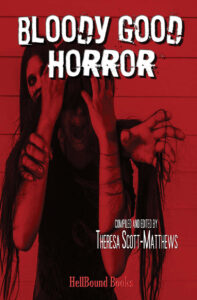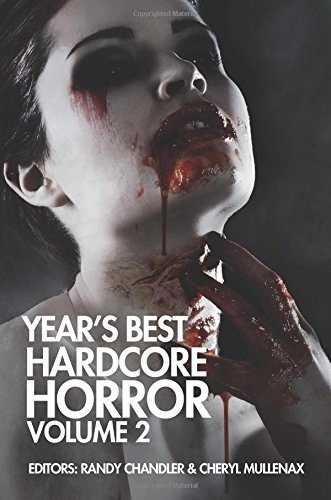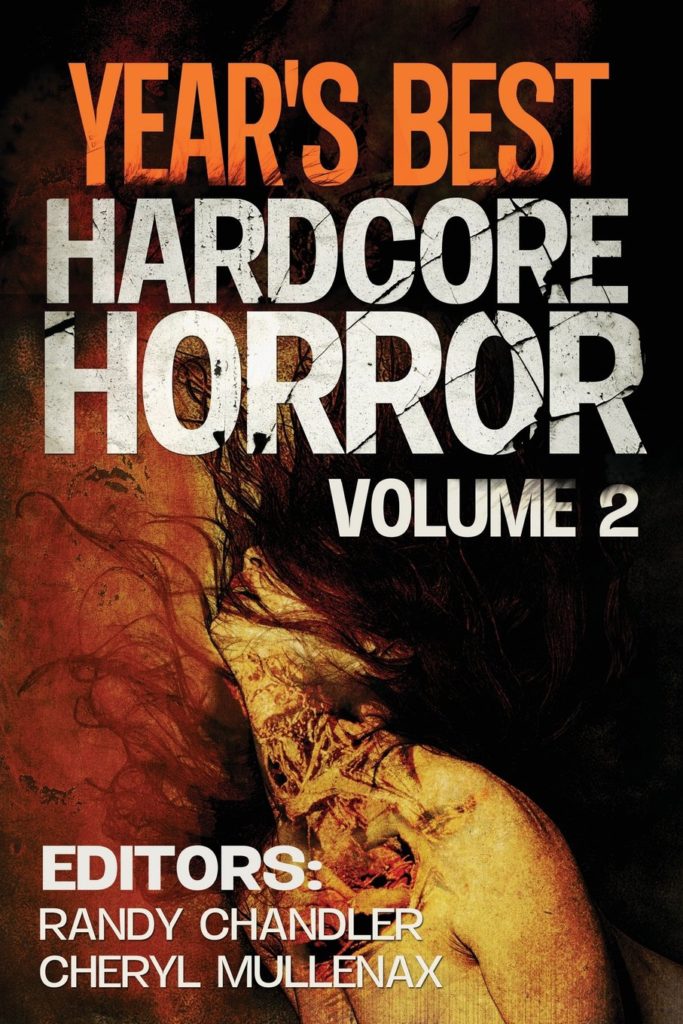My short story “The Wet Knot” appears in the anthology Strangely Marvelous Creatures, edited by Robert Pope. Click here to purchase.
My Southern Gothic short story “The Wet Knot” will appear in the upcoming literary anthology Dark Lane, Vol. 8, from Dark Lane Books. More information coming soon.
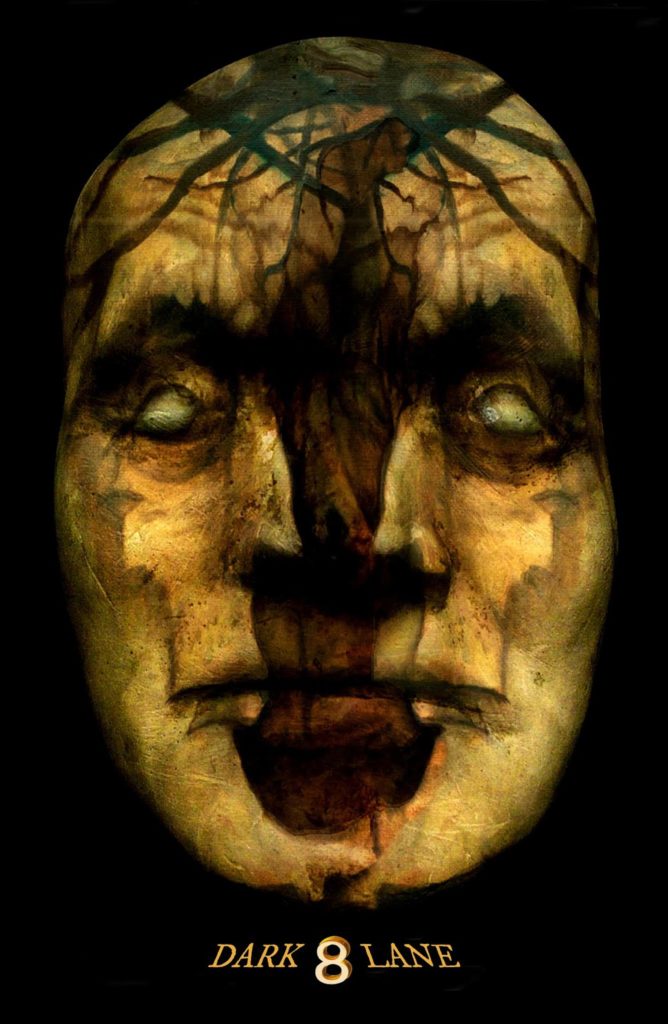
New cover, same terror!
Comet Press has released a new cover for its Year’s Best Hardcore Horror Vol. 2 anthology, which includes my short story “The Field.” The collection is edited by Randy Chandler and Cheryl Mullenax. Click here to purchase.
Excited that my story “Grandfather’s Room” was selected for the upcoming post-apocalyptic horror anthology, Down with the Fallen, from Franklin/Kerr Press.
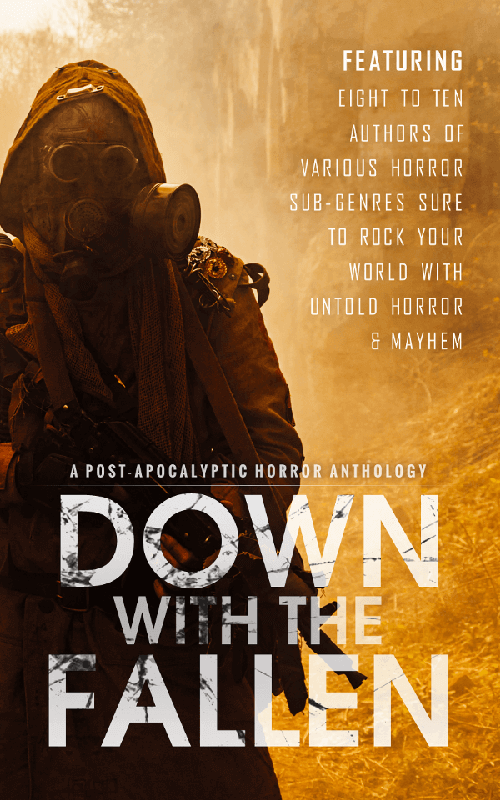
The Year’s Best Hardcore Horror Volume 2 is out now! The anthology, edited by Randy Chandler and Cheryl Mullenax from Comet Press, includes my short story “The Field.” Get your copy NOW!
Get Out (2017)
Rated R
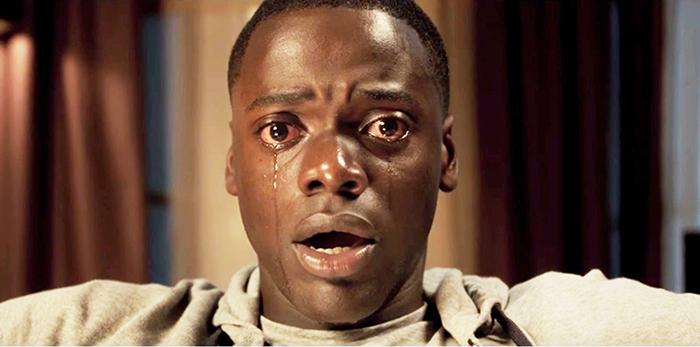
Blumhouse Productions
Get Out has the suspense, creepiness, violence and jumps scares one would want from a good horror film. Written and directed by Jordan Peele (half of the “Key & Peele” sketch comedy duo), the film’s also insidious with its coiling use of racial themes to enhance its effect.
A chilling opening sequence evokes the Trayvon Martin tragedy as we watch a young black man walking lost in the suburbs at nightfall. Peele immediately establishes a knack for tone and subtext. A character walking alone in the dark is a horror film trope, but certainly the specificity of a lone black man in a white neighborhood adds another dimension of dread to the scene. Notice, in quick, quiet cellphone dialogue, that the man knows how he looks and where he’s at invites danger.
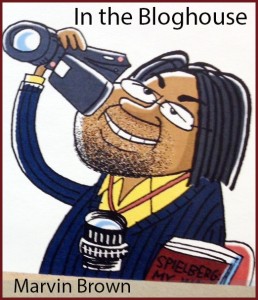 Next, we’re introduced to engaging interracial couple Chris and Rose (Daniel Kaluuya, “Black Mirror,” and Allison Williams, “Girls”) preparing for a weekend trip to Rose’s parent’s palatial estate deep in the exurbs. Rose seems nonplused that her mom and dad are unaware Chris is black; Chris is obviously more concerned about the oversight. Peele plays with racial notions of Rose’s privilege vs. Chris’ realistic concerns here, and in a later scene on the road when they are visited by a police officer. Rose doesn’t hesitate to cut into the officer for what she perceives is racist treatment of Chris, while Chris simply wants to deescalate a situation he’s likely experienced on more than an occasion. The opening sequence, police encounter and an accident en route cleverly set the viewer on edge even before the anticipated visit with the parents.
Next, we’re introduced to engaging interracial couple Chris and Rose (Daniel Kaluuya, “Black Mirror,” and Allison Williams, “Girls”) preparing for a weekend trip to Rose’s parent’s palatial estate deep in the exurbs. Rose seems nonplused that her mom and dad are unaware Chris is black; Chris is obviously more concerned about the oversight. Peele plays with racial notions of Rose’s privilege vs. Chris’ realistic concerns here, and in a later scene on the road when they are visited by a police officer. Rose doesn’t hesitate to cut into the officer for what she perceives is racist treatment of Chris, while Chris simply wants to deescalate a situation he’s likely experienced on more than an occasion. The opening sequence, police encounter and an accident en route cleverly set the viewer on edge even before the anticipated visit with the parents.
Said parents (Bradley Whitford and Catherine Keener) are welcoming in their liberal righteousness. Rose’s father, a successful neurosurgeon, declares he’d vote for Barack Obama for a third term if he could. Her hypnotherapist mother says all the right things but they land with a disingenuousness not lost on Chris. And what to make of Rose’s brother (Caleb Landry Jones, Antiviral), a disheveled rich kid quaking uneasily, speaking inappropriately, like he’s always on the verge of blurting out spoilers?
Back home, Chris’ best friend Rod (LilRel Howery), a TSA officer, is a Greek chorus of sorts, humorously braying about Chris’ naivety of race relations. But Chris—and the audience—isn’t naïve, simply hopeful for the best while laughing at Rod’s over-the-top rantings. You see, Rod says all the things black movie-goers say about white horror movies. He can smell a setup a mile away. Peele, working so effectively as a director of horror, here reminds us he made his bones in comedy.
Over the course of the weekend, Peele quietly but assuredly reels the viewer into a delicious web of paranoia. Suddenly, there’s an annual gathering of friends and family. The winding driveway his lined with black, expensive SUVs, the expansive lawn is a sea of gawking white faces. Chris’ and our time in exurbia grows curiouser and curiouser. His solo trips around the huge house and vast grounds bring unease. The way he’s regarded and how he reacts as the lone black man amongst throngs of old-money white people is a master’s class on how black folks navigate—sometimes moment to moment—competing worlds of racial divide. Chris’ intriguing hypnosis session with Rose’s mom—fantastically visualized as Chris floating in the cosmos with the real world hovering on a big screen TV just out of reach—sets the plot on a course not fully understood until the finale.
Most interesting is the portrayal of the other black faces Chris meets at the house. Every time he talks with or bumps into Stepford-like persons of color, Peele intrigues with the interactions—are they friends or foes, captives or themselves commanding some scheme? In this cauldron of supposed post-racial ennui, we nervously and giddily wait for the shoe to drop. Does Peele’s mixed-race heritage inform the proceedings? Perhaps. The film, in my view, knowingly winks at both sides of the racial coin. What an assured directorial debut!
If there’s a wobbly spot in an otherwise outstanding film, it’s a half-realized backstory concerning the death of Chris’ mother. The moment seems to exist mostly to justify an unlikely act of kindness late in the movie.
In the finale, with the curtains pulled back, the film burst with absurd conflict and straight-up horror and humor. The dangers are far afield from where we would have imagined, and yet with clever insight Peele suggests cultural appropriation is always hiding in plain sight.
This is the second “black” film in a row I’ve seen that, while presenting pointed issues on race, nevertheless with topical, effective storytelling and capable acting and directing taps into American commonality and manages to connect more broadly. Like Hidden Figures, this film seems to have admirers across the board.

| Marvin Brown’s Movie Review Archive
It Follows (2014)
Rated R
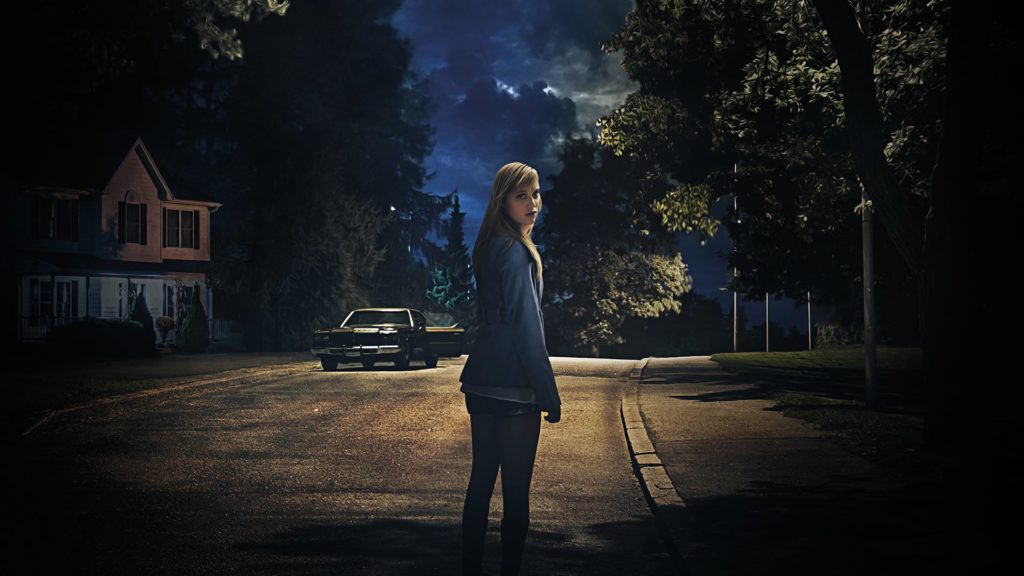
Radius-TWC
With Oculus (2013), The Babadook (2014) and now It Follows, I’m beginning to believe again in my beloved and disappointing mistress, the horror genre, which for years has left me with heartache and heartburn. These recent gems bring hope that there are writers, directors, producers mining this genre who aren’t simply beholden to teen-demographic pandering, PG-13 half-assery and unnecessary remakes.
 How’s this premise strike you? Jay (Maika Monroe), a post-high school teen whiling away waning autumn days with her sister and friends, goes out on a date with a cute guy she’s had her eye on. After a sexual encounter in the backseat of his car, cute guy informs her that during sex he “passed” something on to her. If that isn’t a horrifying setup right there, then what he’s passed on certainly is: a creature that can look like anyone, even those she loves, will begin to pursue her at a leisurely, but determined pace. “It’s very slow, but not dumb,” Jay is warned. It will unceasingly stalk her by slowly walking toward her—day or night, in empty places or crowded rooms. Only Jay (and those who have/had the curse) can see it, but it’s real. The brief and brutal opening scenes involving a previous female victim of this curse informs us of what this thing might do if it gets ahold of Jay. Cute guy tells her that if the creature kills her, it returns its attention to the last person to pass it on, and so on. It’s in his and Jay’s best interests, he says, for her to quickly sleep with someone else to move the curse on down the line.
How’s this premise strike you? Jay (Maika Monroe), a post-high school teen whiling away waning autumn days with her sister and friends, goes out on a date with a cute guy she’s had her eye on. After a sexual encounter in the backseat of his car, cute guy informs her that during sex he “passed” something on to her. If that isn’t a horrifying setup right there, then what he’s passed on certainly is: a creature that can look like anyone, even those she loves, will begin to pursue her at a leisurely, but determined pace. “It’s very slow, but not dumb,” Jay is warned. It will unceasingly stalk her by slowly walking toward her—day or night, in empty places or crowded rooms. Only Jay (and those who have/had the curse) can see it, but it’s real. The brief and brutal opening scenes involving a previous female victim of this curse informs us of what this thing might do if it gets ahold of Jay. Cute guy tells her that if the creature kills her, it returns its attention to the last person to pass it on, and so on. It’s in his and Jay’s best interests, he says, for her to quickly sleep with someone else to move the curse on down the line.
With that setup, taking the teen-sex-equals-death horror trope to new extremes, It Follows builds up more tension than I would have imagined. It’s easy to outrun the thing, unless you’re unfortunate enough to allow yourself to get trapped in a corner, but its relentlessness is what terrifies. Jay can’t ever let her guard down to sleep, to attend classes at the community college. Even being surrounded by loving friends who can’t see the creature offers little comfort. It’s always out there, in some form—familiar or hideous, naked or clothed—walking toward her.
Somehow, director David Robert Mitchell’s film is able to evoke fear simultaneously in wide-open, populated areas and closed-off, isolated spaces. Think about that for a moment. When was the last time a horror film got you coming and going like that? At a park, in school hallways, at the beach, someone among the throngs of people is walking toward you—only you—with the intention of doing things to your body and mind you can’t dream up in nightmares. Hiding away in a sealed-up room or boathouse doesn’t leave you with an exit plan when something comes wrapping at the door or crashing through a window. So effective is the director’s use of wide shots (who or what is that moving in the distance behind Jay?), that any time he moves in for close-ups and tight shots, I tensed up wondering what’s occurring just out of frame. Poor Jay. She wasn’t a virgin to begin with, but was sex worth this? And as things become increasingly hopeless will she turn to sex again as a means to sidestep this curse? Certainly a pair of lustful friends are more than willing to help out. But Jay understands that sleeping with someone could condemn him to death.
Adding to this tense and intense film is the director’s sure hand at fashioning a dreamlike atmosphere. Sure, there’s the intrusive sync score that’s an intentional homage to ’80s soundtracks from horror maestro John Carpenter. Sure, Mitchell tries to affect a timeless quality by giving the film a retro look: tube televisions, phones with cords, cars your father drove. But above all, I think the director’s efforts are in service of tapping a visceral nightscape of inescapable terror that ultimately wears you down. This film: not only does it follow, it lingers.
I like how the kids give simple, natural performances; the lack of snarky, meta-dialogue that passes for cleverness these days is actually refreshing. When the finale at an abandoned public pool brings us to the head-on confrontation we’ve been awaiting and dreading, it’s a bit of a letdown only because everything else has been so effective. Turns out, what the creature might do is a more unnerving prospect than what it actually does.
I don’t need a sequel to this, which I’m sure is coming, but I would like to see more genre films strike out for original territory and tone, even at the risk of alienating the demographic that doesn’t seem to have a problem throwing money at mindless, gory, easily forgotten horror films.

| Marvin Brown’s Movie Review Archive



